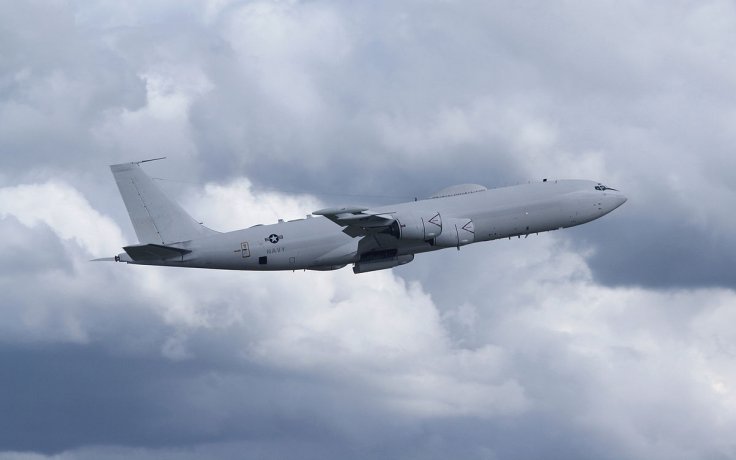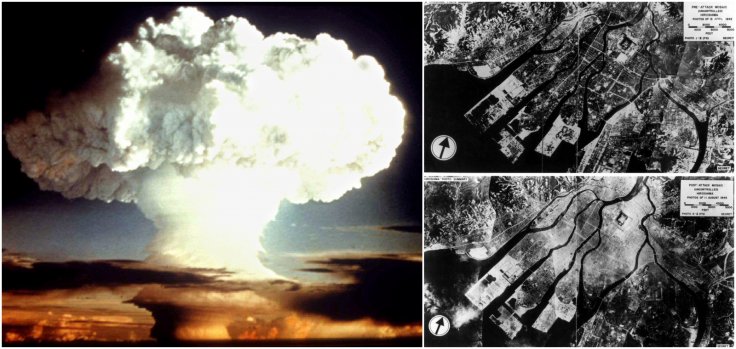
A warplane that's built and equipped to survive a nuclear attack has been downed by a bird hit. And it belongs to the US military, none other. The superstar airplane, dubbed the 'doomsday aircraft', belongs to the Air Test and Evaluation Squadron Twenty of the US Navy.
The nuclear command-and-control plane, known as E-6B Mercury, is meant to conduct seamless communication missions in the event of a disruptive and destructive nuclear war. But the invincible plane was hit by a bird while it was operating out of a Maryland air station. The bird hit left the aircraft with a damaged engine, which eventually cost $2 million to fix, Military.com has reported.
The aircraft, which belongs to Air Test and Evaluation Squadron Twenty, was landing on a runway while conducting a touch-and-go, said Tim Boulay, a spokesman for Naval Air Warfare Center Aircraft Division. One of the engines of the aircraft had to be replaced. The doomsday aircraft is built by Boeing.
"The engine has been replaced, and the aircraft has been returned to service," Tim Boulay, a spokesman for the Naval Air Warfare Center Aircraft Division, told the site.
Boeing has delivered as many as 16 E-6 "survivable airborne communication system" airplanes to the Navy from 1989 to 1992, the company says.
The TACAMO (Take Charge and Move Out) airplanes support the Navy's ballistic missile submarine force, providing a vital link to the force from national command authorities, according to Boeing. The TACAMO E-6B airplanes are equipped with dual trailing wires that serve as transmitter and antenna, transmitting in the very low frequency spectrum.
What are the doomsday planes?
The doomsday aircraft's systems are engineered to survive electromagnetic pulses from nuclear bombs. Its utility is paramount if the US is subjected to a pre-emptive nuclear attack by an enemy country. In a revealing article, the National Interest says the plane makes sure that even if the enemy chops of the head of the U.S. nuclear forces, the body will still stage a fight back.

The E-6 will maintain the communication link between the national command authority and US nuclear forces, "even after ground-based command centers are destroyed by an enemy first strike," the site explains.









